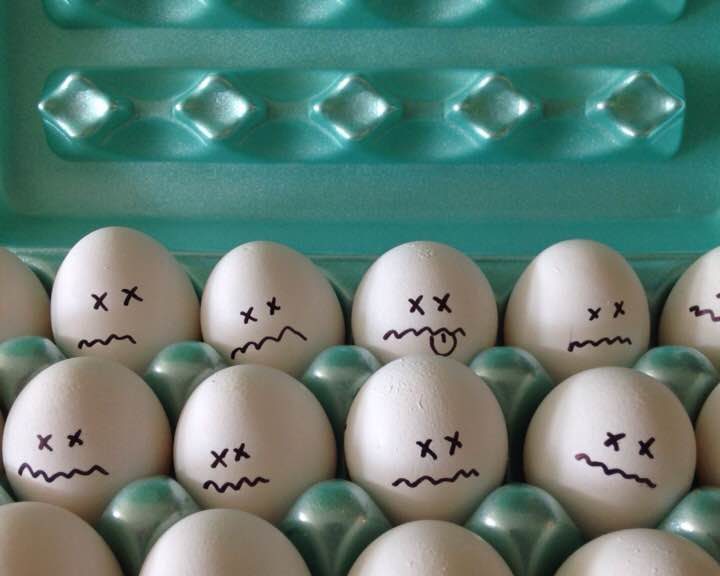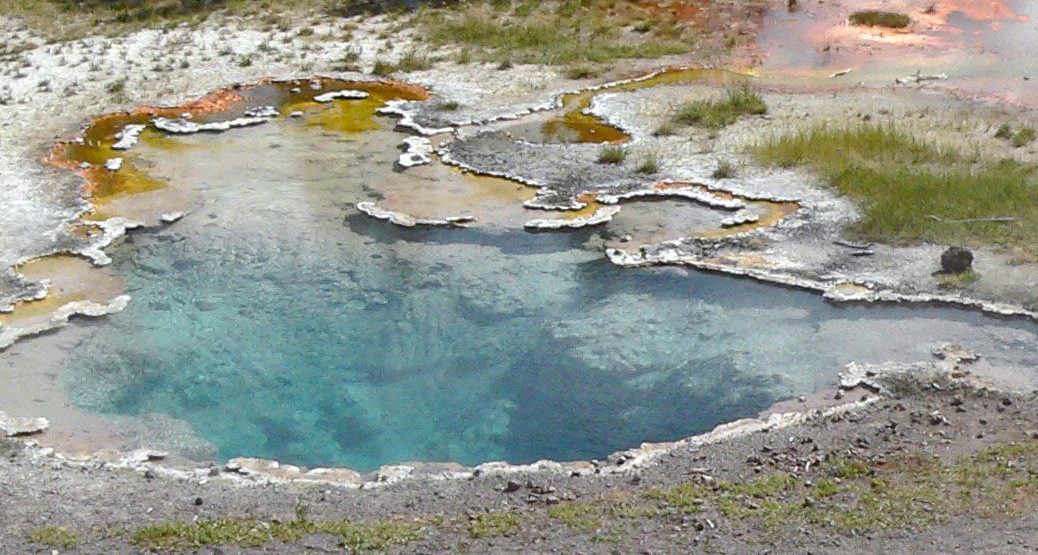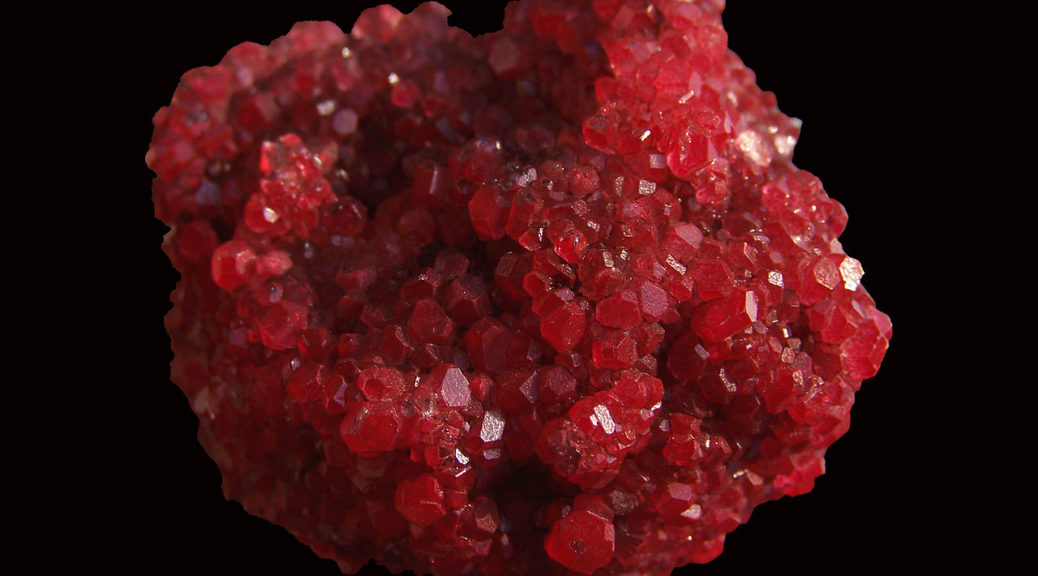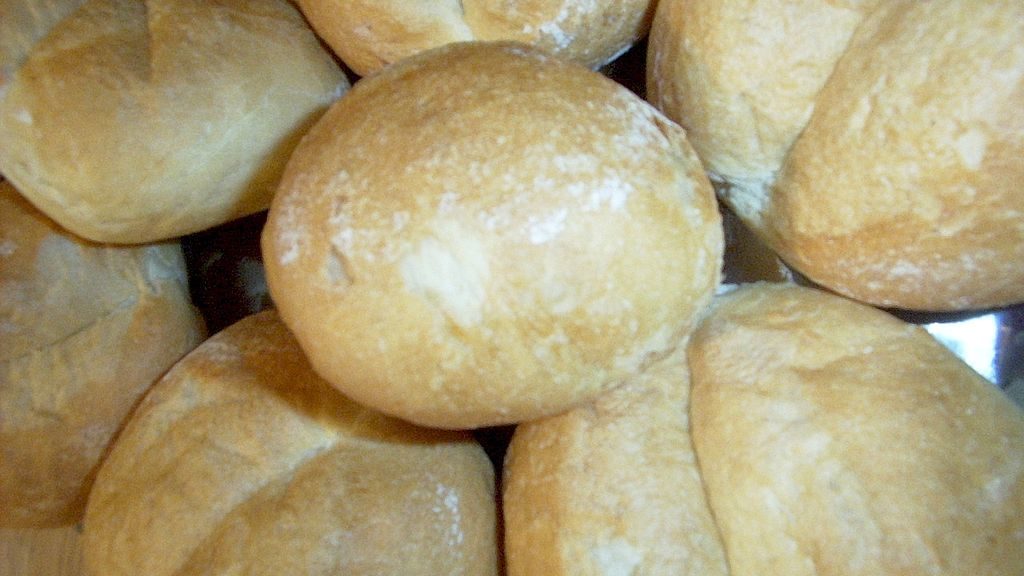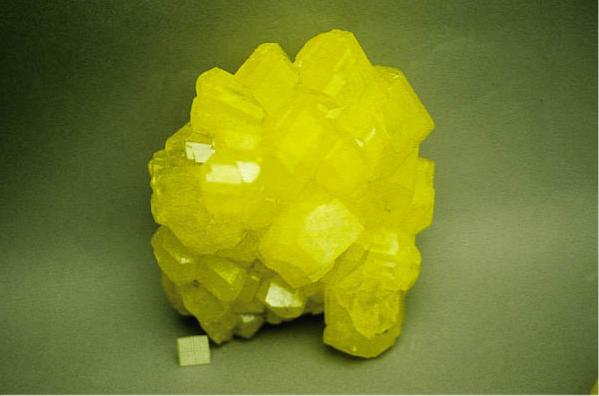The Food Science of Hard-Boiled Eggs – Part III
There are way too many variations out there on how to cook and peel a hard-boiled egg. Many of them are just plain bunk. The truth is that there are several different paths to cooking the perfect hard-boiled egg. Our goal here is to show you the science behind boiling an egg because if you understand the science, you will then know what to do to achieve that perfect egg and peel it too! In PART I, we looked at the…
